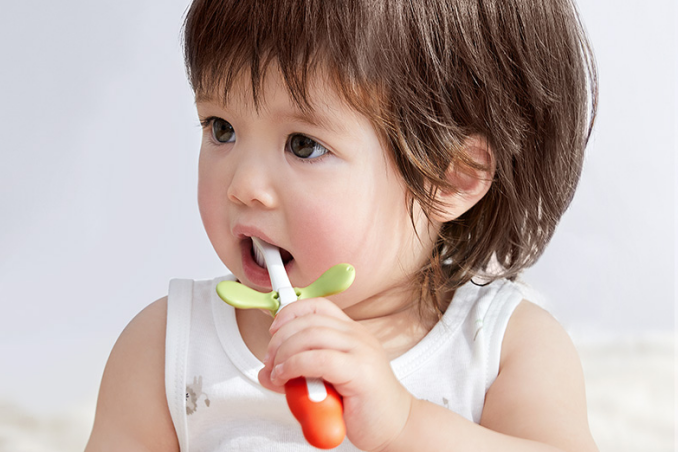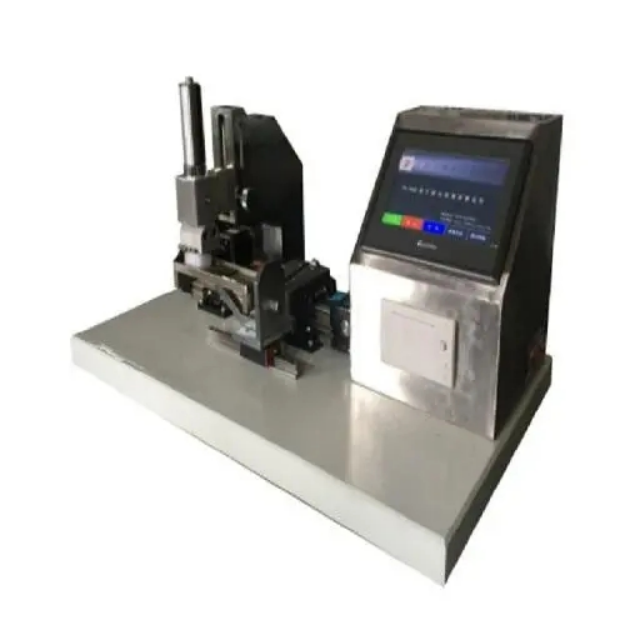Children's oral mucosa and gums are relatively fragile. Using an unqualified children's toothbrush will not only fail to achieve a good cleaning effect, but may also cause damage to the children's gum surface and oral soft tissues. What are the inspection standards and methods for children's toothbrushes?

Children's Toothbrush Inspection
2.Safety requirements and inspections
3. Specification and size inspection
5. Physical performance inspection
6. Sanding inspection
7. Trim inspection
8. Appearance quality inspection
- Appearance inspection
-Decolorization test: Use absorbent cotton fully soaked in 65% ethanol, and wipe the brush head, brush handle, bristles, and accessories 100 times with force back and forth, and visually observe whether there is color on the absorbent cotton.
-Visually check whether all parts and accessories of the toothbrush are clean and free of dirt, and use your sense of smell to determine whether there is any odor.
-Visually check whether the product is packaged, whether the package is cracked, whether the inside and outside of the package are clean and tidy, and whether there is no dirt.
-Packaging inspection of sales products shall be qualified if the bristles cannot be directly touched by hands.
2 Safety requirements and inspections
- Visually inspect the toothbrush head, various parts of the brush handle, and accessories under natural light or 40W light from a distance of 300mm from the product, and check by hand. The shape of the toothbrush head, various parts of the brush handle, and the decorative parts should be smooth (except for special processes), without sharp edges or burrs, and their shape should not cause harm to the human body.
- Check visually and by hand whether the toothbrush head is detachable. The toothbrush head should not be detachable.
- Harmful elements: The element content of soluble antimony, arsenic, barium, cadmium, chromium, lead, mercury, selenium or any soluble compounds composed of these elements in the product shall not exceed the specified value.
3 Specification and size inspection
Specifications and dimensions are measured using a vernier caliper with a minimum graduation value of 0.02mm, an outer diameter micrometer of 0.01mm, and a 0.5mm ruler.
4 Hair bundle strength check
-Visually check whether the bristle strength classification and nominal wire diameter are clearly stated on the product packaging.
The strength classification of the bristle bundles should be soft bristle, that is, the bending force of the toothbrush bristle bundles is less than 6N or the nominal wire diameter (ϕ) is less than or equal to 0.18mm.

5 Physical performance inspection
Physical properties should comply with the requirements in the table below.

- The top contour of the toothbrush bristle monofilament should be sanded to remove sharp angles and there should be no burrs.
-Take any three bundles of flat-bristled toothbrush bristles on the bristle surface, then remove these three bundles of hair, stick them on the paper, and observe with a microscope of more than 30 times. The pass rate of the top outline of the single filament of the flat-bristled toothbrush should be greater than equal to 70%;
For special-shaped bristle toothbrushes, take one bundle each of the high, medium and low bristle bundles. Remove these three bristle bundles, stick them on the paper, and observe the top contour of the bristle monofilament of the special-shaped bristle toothbrush with a microscope of more than 30 times. The pass rate should be greater than or equal to 50%.
-The applicable age range should be clearly stated on the product sales package.
-The connection fastness of the product's non-detachable trim parts should be greater than or equal to 70N.
-The removable decorative parts of the product should meet the requirements.
8 Appearance quality inspection
Visual inspection at a distance of 300mm from the product under natural light or 40W light, and comparison of bubble defects in the brush handle with a standard dust chart.
Post time: Feb-21-2024





